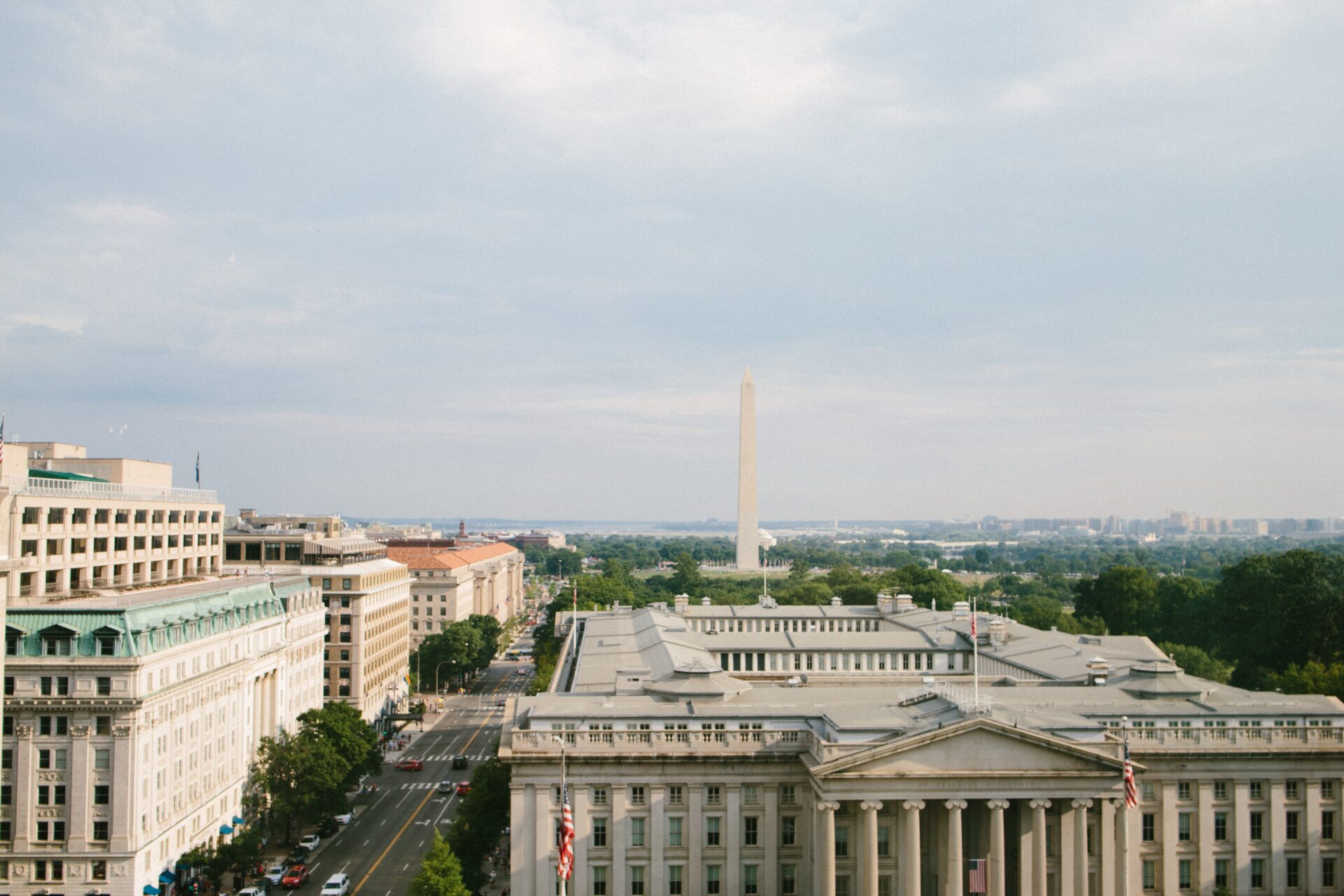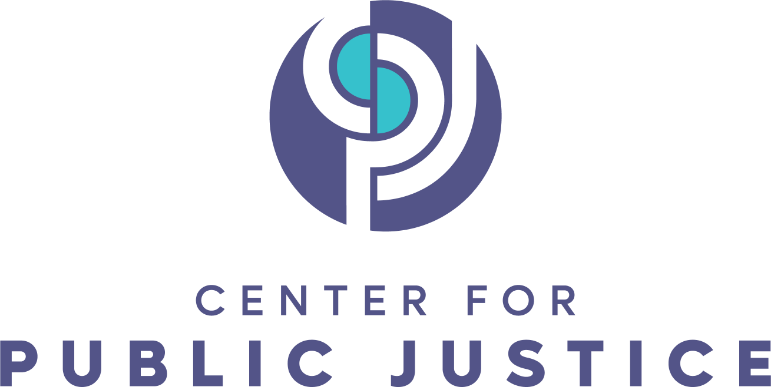
On January 13, 2023, the Biden administration proposed significant reversals of major changes the Trump administration had made to the federal equal treatment regulations. These regulations date back to the George W. Bush administration and are based on the Charitable Choice rules first enacted during the Clinton administration. They are designed to create equal opportunity for faith-based organizations to compete for federal funding without minimizing their religious character while respecting the religious rights of people needing the services. The Biden administration, while retaining some of the Trump changes, claims that other changes wrongly diminished the rights of beneficiaries and should be reversed. A larger question is whether either the Trump or Biden approaches adequately mirrors the Supreme Court’s shift from stressing the dangers of church-state establishment in government funding to insisting that barriers not limit the free exercise of religion by faith-based organizations. The deadline for submitting comments is March 14, 2023. Submit the comment via www.regulations.gov (put 2022-28376 into the search box and then locate the agency whose draft regulations you want to comment on, or choose any of the nine agencies if your comments concern the proposed changes common to all).
The January 13 Notice of Proposed Rulemaking (NPRM) advocates changes to the equal treatment regulations in all nine federal agencies that provide most of the federal funding for social services: Health and Human Services (HHS), Housing and Urban Development (HUD), Education (ED or DoEd), Labor (DOL), Agriculture (USDA), Justice (DOJ), the US Agency for International Development (USAID), Homeland Security and FEMA (DHS), and Veterans Affairs (VA). The proposed USAID changes, in particular, are somewhat distinct, reflecting its overseas focus. The analysis here focuses on changes common to the other agencies.
The equal treatment regulations also accompany federal funds that are provided to various programs operated by state and local government agencies. Thus, a large proportion of state and local government spending for social services is also covered by the rules. Federal funding for child care services, however, has a separate though similar set of rules.
Trump administration changes to the regulations. The Trump administration changes to the regulations made it easier for diverse faith-based organizations to compete for funding. The modified equal treatment regulations—the rules now in effect—no longer require faith-based organizations to refer a beneficiary who objects to their religious character to a different organization nor provide a written notice of rights to beneficiaries—two duties that had previously been imposed only on faith-based organizations. And, because of the Trump changes, when people needing help are given a voucher rather than the government awarding money directly to a service provider, then, as long as there are several choices of provider—even if none offer secular services—the faith-based organizations may integrate religion into their services and beneficiaries may not sit out the religious content. The Trump administration had argued that when, as had been the rule before, there must be a secular option among the choices before faith-based providers are allowed to integrate religion in their services, then those faith-based organizations whose services are faith-filled in effect are banned from government funding whenever no secular organization happens to have joined the network of choices. Such a secular veto, the Trump administration said, violated the equal treatment between religious and secular providers that the Supreme Court requires.
The Trump changes also clarified that the right of faith-based organizations to hire by religion—an exemption that is part of federal civil rights law—even if they receive government funds, allows the organizations to insist that employees follow the employer’s religion-based standards and not just say they agree with the beliefs. (Some funding programs ban religious staffing, but the various administrations continue to acknowledge that faith-based organizations can challenge this limit by recourse to the Religious Freedom Restoration Act.)
Biden administration responses. The Biden administration now proposes to reverse those Trump modifications. Grantees will have to give notice and beneficiaries will be able to request a referral—but now secular as well as faith-based grantees will be subject to these duties and it will be the government, not the grantee, that has to facilitate referrals. When there are vouchers, it will be important again that there be a secular choice; if there is no secular provider, faith-based providers with services that include religion will not be disqualified but the government will have the duty to arrange for a service without religious elements. These changes, however, might not be specified clearly enough to be implemented well. The Biden administration, further, proposes to backtrack on the clarity about religious staffing that the Trump amendments put into the regulations. Once again, if a faith-based organization is accused of discriminating in employment on the bases of sex, sexual orientation, or gender identity, it will be harder for that organization to defend its decision as being protected by the religious exemption in the civil rights law.
Is the larger framework shifting? These back-and-forth adjustments to the rules affecting faith-based organizations and people seeking services are all highly significant because both the organizations and the beneficiaries have religious exercise rights that must be honored. However, it may be the case that recent Supreme Court decisions require larger adjustments to the basic framework of the equal treatment regulations than have been proposed by any administration.
Supreme Court church-state doctrine: from no-aid to no barriers. In the past, with respect to government funds flowing to faith-based organizations, it was the establishment clause of the First Amendment, interpreted to mean no government aid to religion, no funding specifically of religion, that was stressed. Thus, even though the federal government over the past three decades has sought to create a level playing field that gives faith-based providers equal opportunity to partner to provide services, in the common government program that awards grant funding, the faith-based providers had to exclude religion from the funded services. When the government instead gave out vouchers so that beneficiaries could choose where to go, then faith-based providers could incorporate religion into their services, but there had to be a secular choice for the beneficiaries. Voucher systems were not the easy choice for government and so faith-based providers whose help includes religious teaching and activities often are excluded from partnership.
In a series of decisions over the past few years, including Trinity Lutheran Church v. Comer ( 2017), Espinoza v. Montana Department of Revenue (2020), and Carson v. Makin (2022), the Supreme Court has stressed as the key rule not the establishment clause but the free exercise clause: the government must not place barriers in the way of faith-based organizations, making it more difficult for them than for secular organizations to win government funding. This stress on free-exercise and no barriers seems to urge abandoning the different rules between grant funding and voucher funding. Any organization, however religious or secular in identity or in the services it offers, should have an equal chance to obtain government funding without complicating requirements, as long as it will deliver the “secular value” the government seeks—a bed in a shelter overnight, addiction-treatment services, low-income housing. Faith-based organizations should not be required to strip religion out of their services if their way of serving depends on religious teachings and religious activities.
Protecting the rights of beneficiaries. Faith-based organizations ought not to be hampered in seeking government funding—but neither should the people needing services, the beneficiaries, be hampered by undesired religious requirements when seeking services from government-funded providers. They, too, have a free-exercise right, the right not to have to participate in undesired religious teaching or religious activities as the price for accessing government-funded services. Our society is extremely diverse, with social service organizations inspired and shaped by many different religions or philosophies, and beneficiaries similarly very diverse in convictions and practices. It is not a simple matter to devise regulations that facilitate participation in funding by every variety of provider while also ensuring that beneficiaries of whatever set of beliefs will not be faced with an environment or activity that violates his or her freedom of religion.
Most often, government supports social services via grants awarded to providers (so-called “direct” funding), not vouchers offered to beneficiaries (“indirect” funding). These different ways of funding generate very different systems of service providers. Voucher funding by design enlists a variety of providers, promoting choice and facilitating compatible matches between providers, religious or secular in identity and practices, and beneficiaries, religious or secular in beliefs and preferences. In sharp contrast, with grant funding there is often only a single provider in a geographical area, making compatibility of beliefs and practices between providers and beneficiaries much less likely. By requiring a secular choice in voucher funding and, in grant funding, separating out religious content from the funded services (a provider can offer a separate religious program), the equal treatment regulations before the Trump changes promoted participation by faith-based providers while also ensuring that no beneficiary could be pressured into unwanted religion. Those pre-Trump regulations went out of their way to protect beneficiaries: even though grant-funded programs excluded religion, beneficiaries who felt uncomfortable being served by a faith-based provider had the right to request a different provider. The referral requirement did not need to be carefully designed, for few, if any, beneficiaries asked for a referral—not surprising since the services did not incorporate religion.
But if the Supreme Court’s new doctrine is interpreted to mean that, whether funding is by grant or voucher, faith-based providers can accept the funding and provide services that require participation in religious activities and teaching, how can beneficiaries’ rights be honored? If vouchers are used and beneficiaries can choose among providers, with some of the services not incorporating religion, then there is no problem. But grant-funded services are not normally designed to offer such choice. Only a single provider might offer the funded services in some areas. What if that provider is faith-based and its services incorporate religion? If so, then something more than an ad hoc referral arrangement will be needed. If many beneficiaries diverse in their beliefs arrive to be served but discover that the available service is religiously incompatible, how will officials be able adequately to respond? And what if a beneficiary needs an alternative right away, say a religiously acceptable domestic abuse shelter? Social services—effective services—cannot be simply conjured up when desired; that is why government agencies create competitions, requiring applicants for funding to demonstrate that they are able to deliver assistance over time and within detailed specifications and budget requirements.
Inadequate Biden administration proposals. The Biden administration’s proposed changes to the equal treatment rules are responsive, in part at least, to the aim of the Trump administration and the Court to ease participation by faith-based organizations. The Biden NPRM objects to the Trump redefinition of “indirect” funding to require only a choice of provider, not necessarily a secular option. However, it does not reinstitute the requirement that a secular choice must be available in some network of services if faith-based organizations that offer faith-inclusive services are to be able to participate. Instead, it only says that the presence of a secular choice is a “significant factor” in deciding whether a funding and services scheme can be considered “indirect.” Moreover, if there is no secular choice within the network of service providers, faith-based providers offering services incorporating religion will not be excluded—this is a modification responsive to the Trump changes and the Court’s new doctrine. Rather than exclude them to protect beneficiary rights, the government, on a case-by-case basis, will either devise a way that a beneficiary can receive services from some other secular provider or else demand that the faith-based providers in the network separate out all of the religious elements from the government-funded services. These opposite government responses—enlarge the choices or suppress the religion—are mentioned only in the explanatory text of the NPRM, not detailed in the proposed new regulatory language. But imagine: one or more faith-based providers whose services include religious teaching and activities were formally authorized to offer these as voucher-funded services but now have to strip out those integral religious elements!
Note two other incomplete proposed modifications. The equal treatment regulations governing “direct” funding currently do not require a grantee to provide a referral to an alternative provider if a beneficiary objects to the original provider’s religious character. The Trump administration removed that referral requirement, along with a requirement of the notification of rights, because it had been imposed only on faith-based grantees and could necessitate that they guide a beneficiary to some alternative provider to which the grantee has a profound moral objection. The Biden NPRM proposes reestablishing the notice and referral requirements—but now placing the requirement on all grantees, not only faith-based ones, thus not unequally burdening religion. And the referral obligation is on the government, not the grantee, removing the conscience objection. The NPRM admits that the government, after all, is better positioned than a grantee to know what other federally funded service providers are accessible. However, the NPRM proposes that this improved referral opportunity—supposedly an important protection for beneficiaries—will not be universally available in grant programs; it will be at the discretion of federal officials whether or not beneficiaries in any particular grant program will receive notice of the referral option.
The other proposed change is also puzzling. The equal treatment regulations have always required providers not to discriminate against beneficiaries on the basis of their religion or lack of religion or their refusal to participate in religious activities. As noted, with grant or “direct” funding, religion is not part of the government-funded service in any case, and, before the Trump changes, if the funding was by voucher (“indirect” funding), it was always the beneficiary’s choice whether or not to attend a service that incorporated religious activities. The Trump changes, embodied in the current regulations, removed the guarantee that at least one voucher choice would be a secular service. IT was a negative change that should be reversed. It was accompanied by a positive chance, however: With “indirect” funding, where the beneficiary has a choice, a beneficiary who chooses a program that includes religious elements is required to attend “all activities that are fundamental to the program.” After all, it is that program of service with those fundamental activities—religious and secular—that the provider offers and that the beneficiary chooses.
But the Biden NPRM proposes a change: even when the funding is “indirect,” a beneficiary shall be required to participate in religious activities—but neither is a faith-based provider offering religion-inclusive services under any obligation to modify its services to accommodate a beneficiary who objects to religion. But what sense does this make? Suppose that one of the choices in the voucher-funded network offers addiction treatment in which a fundamental element is becoming attached to God and thereby undermining the grip of the addictive substance. The beneficiary seeks the liberation but rejects the religion—but that means not actually participating in the service that he or she chose. This is not a workable way to protect beneficiary rights. The beneficiary simply ought to be guided to make a more fitting choice of provider.
Free exercise for all. The dual system of “direct” and “indirect” funding, with restrictions on religious content in the former and a requirement of a secular option in the latter, is imperfect and complex and poses challenges to faith-based organizations and government alike. No doubt it was crafted originally in response to a one-sided Supreme Court concern to avoid a government establishment of religion by preventing government funding of religious activities and teachings. Yet, to govern the complex world of government funding of private organizations, where the rights of religious and secular organizations, and religious and secular beneficiaries, must all simultaneously be honored, it may be that something like the two-track funding and service-delivery system has to be the way.
Refining the rules of that two-track system, but not abandoning it, may also be the best way to fulfill another key requirement of a viable funding system: sustained support from our diverse and divided public. Both those most concerned about the rights of faith-based organizations and those most attentive to the rights of beneficiaries need to regard as legitimate the regulations and their operations in practice. The system of “direct” and “indirect” funding has developed over three decades a significant, if fragile, consensus. That consensus ought to be preserved, if possible, to maintain support for broad participation by faith-based organizations in government funding. Moreover, large swings in the rules from one administration to the other decrease the likelihood that officials—federal, state, and local—will know them and apply them fairly. In addition, only faith-based organizations with substantial staff and legal help on tap can confidently keep up with changing rules, and thus instability in the regulations will discourage smaller organizations and those most concerned to preserve their religious character from considering partnerships with government, even if their participation might best serve some communities and beneficiaries.
The two-track system may have been developed in response to the Supreme Court’s over-emphasis on the establishment clause (no aid to religion), but it may well be that something like it should be preserved and refined in response to the newly emphasized free exercise clause (protecting the rights of beneficiaries).
Stanley Carlson-Thies is the founder and senior director of the Institutional Religious Freedom Alliance (IRFA), a program of the Center for Public Justice.





